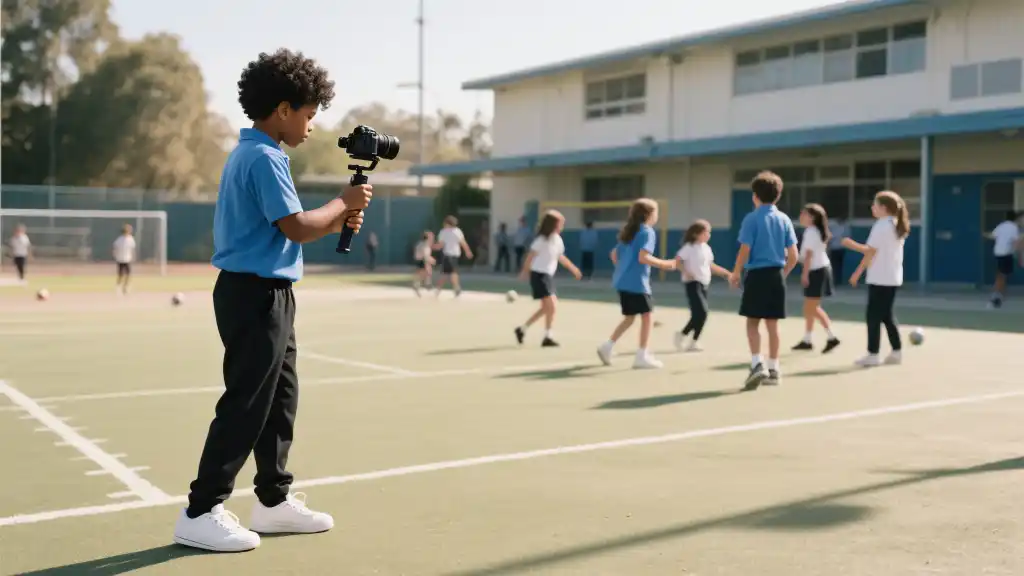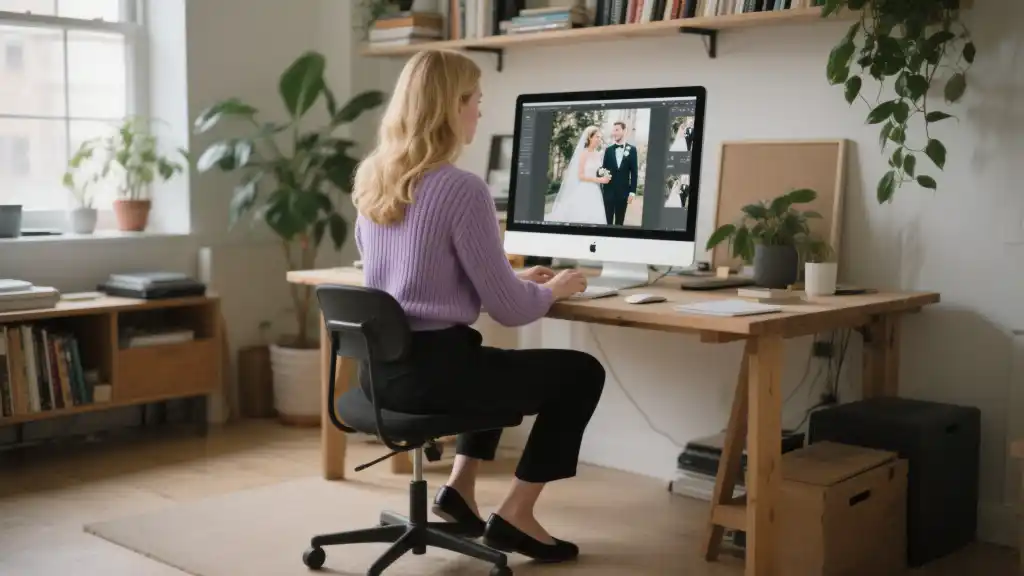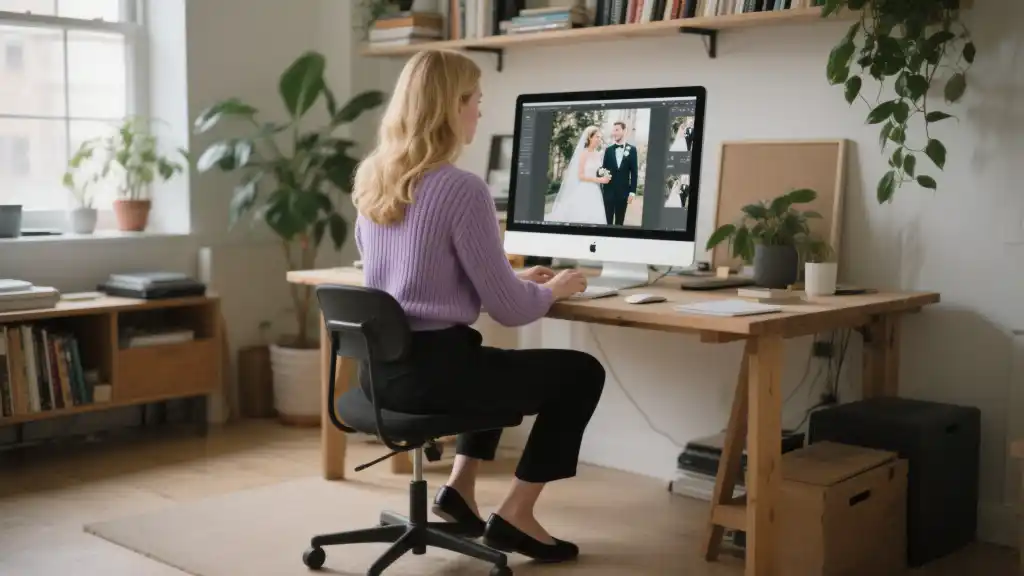Article directoryCloseOpen
- The Journey Begins
- Realizations and Challenges
- The Rewarding Side
- A Balancing Act
- Why It’s Worth It
- What skills do I need to become a successful photographer and videographer?
- How do I find clients as a freelancer in photography and videography?
- Is it essential to have formal education in photography and videography?
- How can I manage my finances as a freelance photographer and videographer?
- What should I consider when investing in photography and videography equipment?
Choosing to become a photographer and videographer is no small decision. It’s a leap of faith that often feels paralyzing, especially when you’re leaving behind the stability of a regular paycheck. I remember sitting at my desk, scrolling through social media, seeing others thrive creatively, while I sat in a cubicle, dreaming of capturing moments and telling stories through my lens. What drove me to make this decision was a burning passion that couldn’t be ignored. But was it worth it? Let’s dive deeper into this question.
The Journey Begins
The adventure started with a simple idea: to blend my love for art with technology. Armed with a camera that I barely knew how to use, I began experimenting. Every weekend, I ventured out, snapping photos and recording videos of everything that caught my eye—nature, people, and urban landscapes. The learning curve was steep, and I often found myself frustrated. Poor lighting conditions or shaky footage became frequent challenges.
But there was magic in those moments of struggle as well. I learned the importance of patience and persistence. Each picture that didn’t come out right became a lesson, paving the way for improvement. I also started reaching out to local photographers and videographers, seeking mentorship and guidance. Their support helped me navigate technical challenges, such as understanding concepts like exposure, framing, and editing.
Realizations and Challenges
As I transitioned into freelance work, I encountered other obstacles that I hadn’t anticipated. The unpredictability of income was one of the most daunting hurdles. Some months were fantastic, bringing in more clients than I could handle, while others left me counting pennies. I quickly learned the importance of financial planning and saving for rainy days.
Another aspect that surprised me was the marketing side of things. Building a brand and attracting clients meant learning to use social media effectively. It wasn’t just enough to take pretty pictures—you have to sell your work. Understanding digital marketing strategies and networking became essential skills. I began attending workshops and online courses to equip myself with the necessary tools. The journey transformed from just taking photos to managing a small business.
The Rewarding Side
Despite the challenges, there are numerous rewarding aspects to being a photographer and videographer. One of the greatest joys comes from capturing genuine emotions. Whether it’s a wedding, a family gathering, or a corporate event, being behind the camera allows me to witness intimate moments that people cherish. To see someone’s face light up when they view their photos or video for the first time is priceless.

Being in this line of work taught me to appreciate stories that need to be told. Every project brings a new adventure, allowing me to collaborate with diverse individuals, each with their unique narrative. This variability keeps my creative juices flowing and allows me to grow continuously.
A Balancing Act
However, balance is vital. The freedom to create often comes with the pressure to deliver on tight deadlines. Managing my time effectively became crucial. I developed a system to prioritize tasks—from client consultations to editing and post-production. Digital tools like project management apps have been instrumental in helping me stay organized.
Time Management Strategies
Here are some strategies that worked for me:
The knowledge I gained through real-world experiences has been invaluable, shaping my skills as an artist and businessperson alike.
Why It’s Worth It
Ultimately, the leap was worth it. It’s more than just a job; it’s a lifestyle that allows for creativity, flexibility, and personal growth. Every moment behind the camera feeds my passion and brings joy not only to me but to all the people I work with. Sure, it isn’t easy, but the fulfillment from pursuing your dreams and waking up excited for each day is worth every second of the struggle.
Formal education in photography and videography can certainly offer a strong base, giving you the technical skills and knowledge necessary to understand the craft from a scholarly perspective. However, the field is so dynamic that many of the best professionals have carved out successful careers without traditional schooling. They thrive by tapping into a wealth of resources available online, including tutorials, articles, and even free courses. The beauty of this digital age is that aspiring photographers and videographers can access vast pools of information at their fingertips, allowing for a flexible learning approach tailored to their interests and needs.

Self-education also comes from time spent behind the camera, experimenting, and making mistakes, which can often teach you more than any classroom ever could. Many successful individuals in the industry share their stories of trial and error—how they didn’t just learn the technical aspects but also discovered their creative voices through practice. Workshops and mentorships can enhance this hands-on experience, providing valuable insights and personalized feedback. Ultimately, it’s about passion and dedication; anyone willing to put in the time and effort can evolve their skills, whether they come from a formal background or are entirely self-taught.
What skills do I need to become a successful photographer and videographer?
To succeed in photography and videography, you should develop a strong understanding of camera settings, composition, and lighting. Additionally, proficiency in editing software such as Adobe Photoshop and Premiere Pro is essential. Good communication skills and the ability to market yourself are also critical in attracting clients.
How do I find clients as a freelancer in photography and videography?
Finding clients involves building an online presence through social media and a professional website, showcasing your portfolio. Networking with other professionals, attending local events, and collaborating with businesses and influencers can also help in gaining visibility and attracting clients.
Is it essential to have formal education in photography and videography?
While formal education can provide a solid foundation, practical experience and self-education are equally valuable. Many successful photographers and videographers are self-taught, relying on online resources, workshops, and hands-on practice to hone their craft.
How can I manage my finances as a freelance photographer and videographer?
Effective financial management involves budgeting, setting aside savings for taxes, and tracking your income and expenses. Use financial tools or apps to help organize your finances and ensure you prepare for slower months by saving wisely during busier periods.
What should I consider when investing in photography and videography equipment?
Focus on your specific needs and budget when investing in equipment. Start with essential gear, such as a good camera, lenses, and lighting. Over time, you can expand your collection based on the type of projects you undertake and the specific requirements you encounter.
